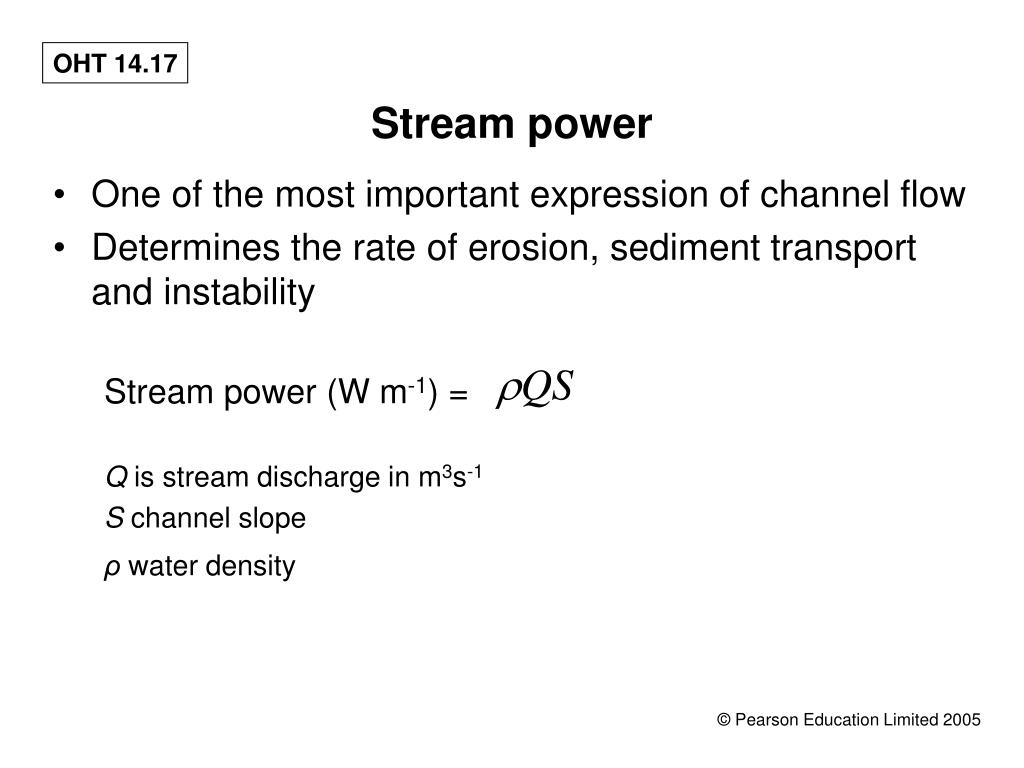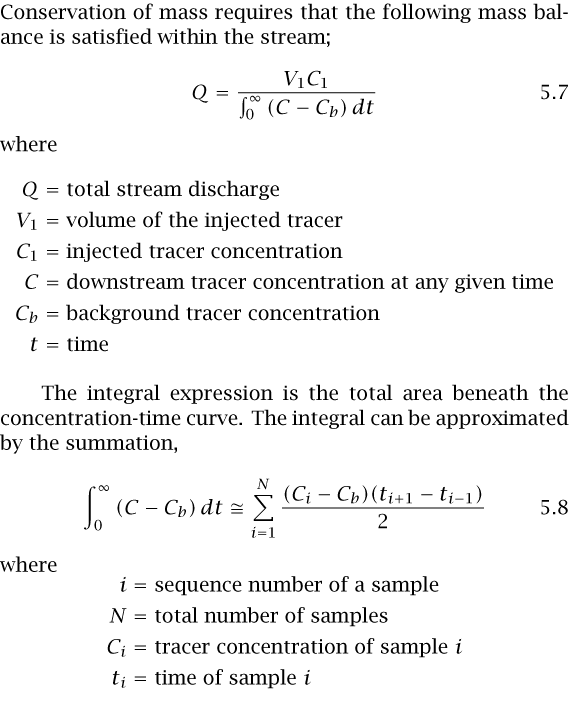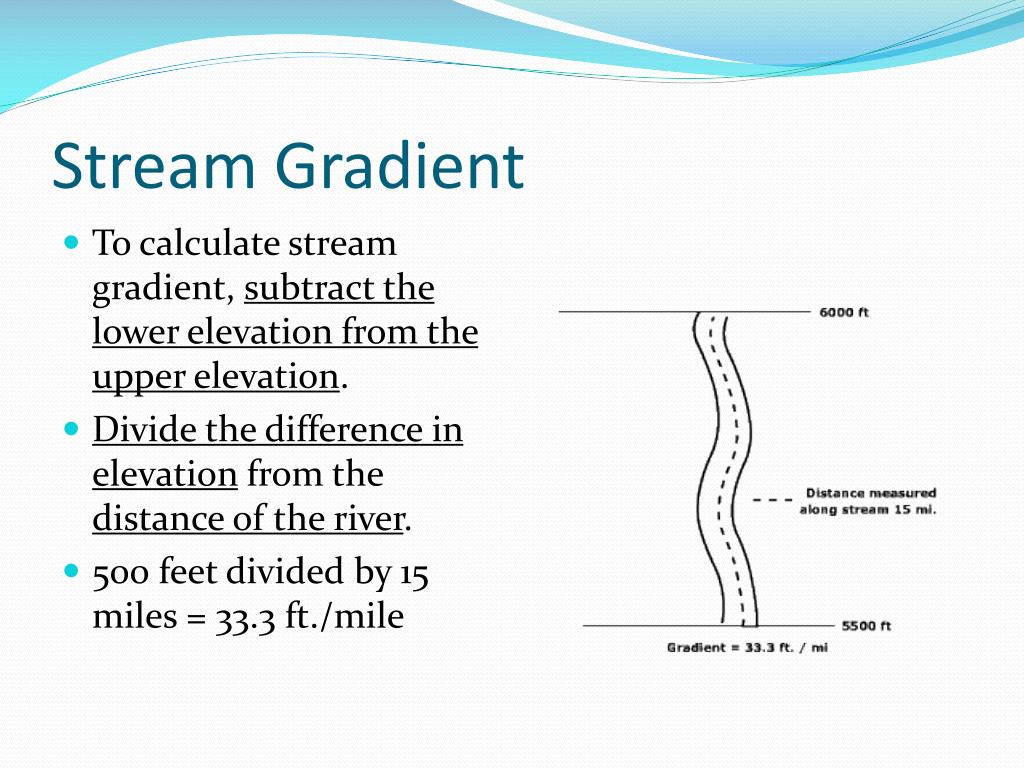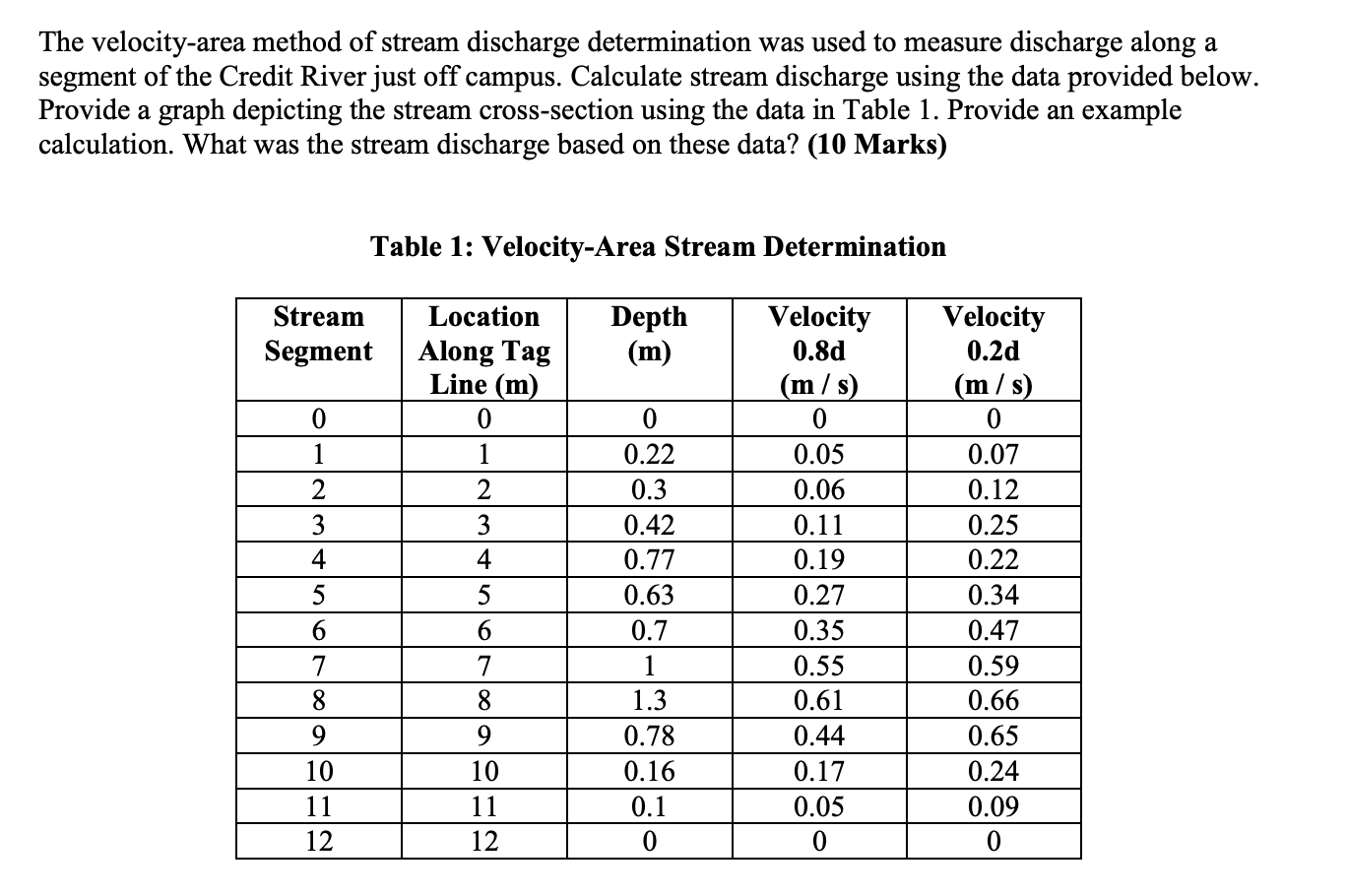Stream Discharge Formula
Stream Discharge Formula - In hydrology, discharge is the volumetric flow rate (volume per time, in units of m 3 /h or ft 3 /h) of a stream. It equals the product of average flow. The four methods of stream gauging to be considered are (i) the area velocity method, (ii) the slope area method, (iii) the weir method. Stream discharge is typically expressed in cubic meters per second (m 3 /s) and can be calculated using the formula: Generally, discharge q (ft 3 /s or m 3 /s) is calculated as the velocity v (ft/s or m/s) of water moving through a unit area a (ft 2 or m. Measuring stream stage —obtaining a continuous record of stage—the height of the. Streamgaging generally involves 3 steps: Q = a x v, where q is the. The formula for stream discharge is q = a × v, where q is the discharge (measured in cubic meters per second, m 3 /s), a is the cross.
Generally, discharge q (ft 3 /s or m 3 /s) is calculated as the velocity v (ft/s or m/s) of water moving through a unit area a (ft 2 or m. Measuring stream stage —obtaining a continuous record of stage—the height of the. Stream discharge is typically expressed in cubic meters per second (m 3 /s) and can be calculated using the formula: The four methods of stream gauging to be considered are (i) the area velocity method, (ii) the slope area method, (iii) the weir method. Q = a x v, where q is the. The formula for stream discharge is q = a × v, where q is the discharge (measured in cubic meters per second, m 3 /s), a is the cross. It equals the product of average flow. Streamgaging generally involves 3 steps: In hydrology, discharge is the volumetric flow rate (volume per time, in units of m 3 /h or ft 3 /h) of a stream.
Generally, discharge q (ft 3 /s or m 3 /s) is calculated as the velocity v (ft/s or m/s) of water moving through a unit area a (ft 2 or m. In hydrology, discharge is the volumetric flow rate (volume per time, in units of m 3 /h or ft 3 /h) of a stream. Measuring stream stage —obtaining a continuous record of stage—the height of the. Streamgaging generally involves 3 steps: Q = a x v, where q is the. Stream discharge is typically expressed in cubic meters per second (m 3 /s) and can be calculated using the formula: The four methods of stream gauging to be considered are (i) the area velocity method, (ii) the slope area method, (iii) the weir method. The formula for stream discharge is q = a × v, where q is the discharge (measured in cubic meters per second, m 3 /s), a is the cross. It equals the product of average flow.
Ch ppt download
Streamgaging generally involves 3 steps: Q = a x v, where q is the. Stream discharge is typically expressed in cubic meters per second (m 3 /s) and can be calculated using the formula: Measuring stream stage —obtaining a continuous record of stage—the height of the. Generally, discharge q (ft 3 /s or m 3 /s) is calculated as the.
Stream Discharge Formula
The formula for stream discharge is q = a × v, where q is the discharge (measured in cubic meters per second, m 3 /s), a is the cross. In hydrology, discharge is the volumetric flow rate (volume per time, in units of m 3 /h or ft 3 /h) of a stream. Q = a x v, where q.
PPT FLUVIAL GEOMORPHOLOGY PowerPoint Presentation, free download ID
Stream discharge is typically expressed in cubic meters per second (m 3 /s) and can be calculated using the formula: Q = a x v, where q is the. Streamgaging generally involves 3 steps: It equals the product of average flow. In hydrology, discharge is the volumetric flow rate (volume per time, in units of m 3 /h or ft.
[Solved] Fluvial Geomorphology Calculating Stream Discharge & Stream
Q = a x v, where q is the. Streamgaging generally involves 3 steps: Generally, discharge q (ft 3 /s or m 3 /s) is calculated as the velocity v (ft/s or m/s) of water moving through a unit area a (ft 2 or m. Measuring stream stage —obtaining a continuous record of stage—the height of the. The formula for.
Streamflow What is it, and How Do We Measure It? LandGrant Press
In hydrology, discharge is the volumetric flow rate (volume per time, in units of m 3 /h or ft 3 /h) of a stream. Streamgaging generally involves 3 steps: The formula for stream discharge is q = a × v, where q is the discharge (measured in cubic meters per second, m 3 /s), a is the cross. It equals.
Measure Stream Discharge Using the Continuity Equation Baugh Hinst1979
The four methods of stream gauging to be considered are (i) the area velocity method, (ii) the slope area method, (iii) the weir method. Q = a x v, where q is the. Generally, discharge q (ft 3 /s or m 3 /s) is calculated as the velocity v (ft/s or m/s) of water moving through a unit area a.
PPT STREAMFLOW and HYDROGRAPH ANALYSIS PowerPoint Presentation, free
The formula for stream discharge is q = a × v, where q is the discharge (measured in cubic meters per second, m 3 /s), a is the cross. Q = a x v, where q is the. Streamgaging generally involves 3 steps: The four methods of stream gauging to be considered are (i) the area velocity method, (ii) the.
Hydrology Equation of Stream Discharge1 YouTube
It equals the product of average flow. The formula for stream discharge is q = a × v, where q is the discharge (measured in cubic meters per second, m 3 /s), a is the cross. In hydrology, discharge is the volumetric flow rate (volume per time, in units of m 3 /h or ft 3 /h) of a stream..
PPT Rivers and Streams PowerPoint Presentation, free download ID
Generally, discharge q (ft 3 /s or m 3 /s) is calculated as the velocity v (ft/s or m/s) of water moving through a unit area a (ft 2 or m. In hydrology, discharge is the volumetric flow rate (volume per time, in units of m 3 /h or ft 3 /h) of a stream. Stream discharge is typically expressed.
Solved The velocityarea method of stream discharge
The four methods of stream gauging to be considered are (i) the area velocity method, (ii) the slope area method, (iii) the weir method. The formula for stream discharge is q = a × v, where q is the discharge (measured in cubic meters per second, m 3 /s), a is the cross. It equals the product of average flow..
Measuring Stream Stage —Obtaining A Continuous Record Of Stage—The Height Of The.
The four methods of stream gauging to be considered are (i) the area velocity method, (ii) the slope area method, (iii) the weir method. Generally, discharge q (ft 3 /s or m 3 /s) is calculated as the velocity v (ft/s or m/s) of water moving through a unit area a (ft 2 or m. In hydrology, discharge is the volumetric flow rate (volume per time, in units of m 3 /h or ft 3 /h) of a stream. Stream discharge is typically expressed in cubic meters per second (m 3 /s) and can be calculated using the formula:
Q = A X V, Where Q Is The.
The formula for stream discharge is q = a × v, where q is the discharge (measured in cubic meters per second, m 3 /s), a is the cross. It equals the product of average flow. Streamgaging generally involves 3 steps:








